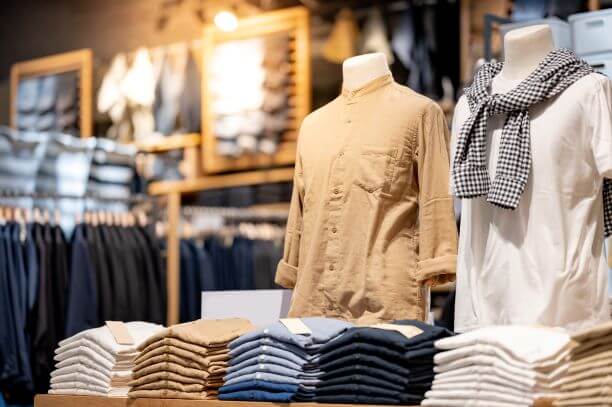
First Published: 28th June 2021, written by Olivia Doonan | Last Updated on 6th April 2024 | Reviewed and Edited by Chloe Safilo
At first glance, all appears to be relatively rosy for the fashion industry in the UK. More specifically, this sector has been growing incrementally over the last seven years, while even the coronavirus failed to prevent total revenues of $62.2 billion being posted on these shores.
However, there’s no doubt that the industry remains at the mercy of several factors at present, from the ongoing impact of Brexit and rising import costs to the fallout from the pandemic and the impact on the UK high street.
We’ll explore this further below, while asking what the industry looks like from a growth and investment perspective.
The Impact of Brexit on UK Fashion
People have long since warned about the impact of Brexit on the fashion sector, even with a rudimentary trade agreement for goods in place between the UK and the EU.
After all, the pound continues to trade in a relatively narrow range against the Euro as Brexit uncertainty continues, with this driving the cost of imports upwards as export prices fall.
The issue here is that a large proportion of fashion and apparel brands in the UK (especially those in the fast-growing sustainable space) tend to source materials from their European neighbours, with this sending operational costs higher and squeezing individual firm’s bottom lines.
There have also been concerns raised about increased export paperwork and customs duties, along with potential delays along key shipment routes between the UK and the EU.
This places further pressure on British fashion brands, who also export the majority of their items to a selection of the 27 remaining EU member states.

How Lockdown Compounded the Issues Caused by Brexit
The coronavirus pandemic has certainly exacerbated these Brexit challenges, thanks largely to the lockdowns that followed large-scale outbreaks.
This is despite the fact that the crisis added approximately £5.3 billion to the UK economy last year, with much of this being driven by fashion brands.
Remember, 80% of fashion retail transactions still take place at corporeal locations, so the implementation of lockdowns completely eradicated this trade for extended periods of time last year.
As a result, the sector was thought to lose thousands of jobs by the end of 2020, while brands recorded a 25% drop in revenue during the same period. This also impacted negatively on investment, particularly in brick-and-mortar locations throughout the UK.
However, the good news is that investment levels are expected to pick up by 2030, with the global decline in 2020 likely to be followed by years of incremental gains. Businesses are also likely to continue their transition online, reducing operational costs and potentially increasing profits in the process.
From the perspective of individual firms, it may also make sense to make select investments that safeguard their business models. For example, deciding to trade futures can have a huge impact on managing price points, creating stability for companies when importing materials.
Similarly, investing in ecommerce and a low-cost, online business model may also be rewarding, especially in the wake of a pandemic that has changed consumer attitudes to offline shopping.

















































